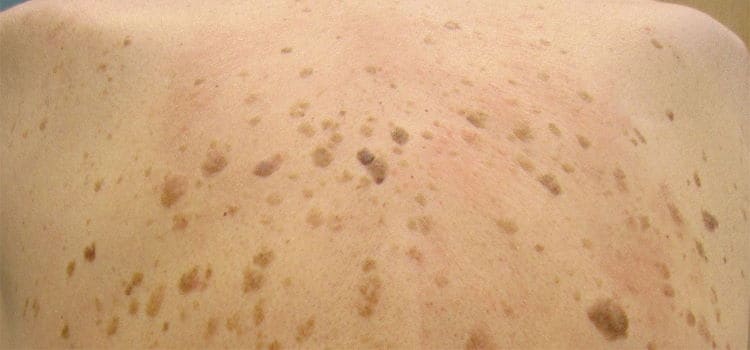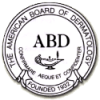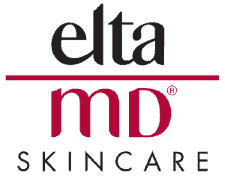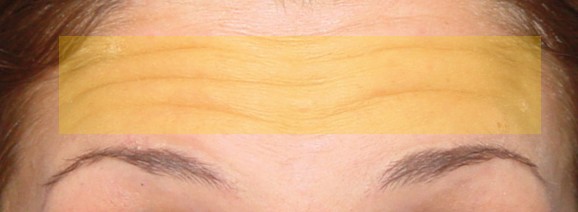

Seborrheic Keratosis Treatment in Boca Raton
Treatments And Causes
Seborrheic keratosis is a common skin growth. It may look worrisome, but it is benign. These growths often appear in middle-aged and older adults. Some people get just one. It is, however, more common to have many. They are not contagious. Most often seborrheic keratoses start as small, rough bumps. Then slowly they thicken and get a warty surface. They range in color from white to black. Most are tan or brown.
They can appear almost anywhere on the skin.
Seborrheic keratoses can look like warts, moles, actinic keratoses, and skin cancer. They differ, though, from these other skin growths. Seborrheic keratoses have a waxy, “pasted-on-the-skin” look. Some look like a dab of warm, brown candle wax on the skin. Others may resemble a barnacle sticking to a ship. They range in size from a fraction of an inch to larger than a half-dollar and can form on the chest, back, stomach, scalp, face, neck, or other parts of the body (but not on the palms and soles).
Sometimes the growths appear during pregnancy or after estrogen replacement therapy. Children rarely have these growths.
The cause of seborrheic keratoses is unknown. However, we do know that seborrheic keratoses seem to run in families. Some people seem to inherit a tendency to get many of these growths.Some studies suggest that sun exposure may play a role, but we know that these growths appear on skin that gets sun and skin that is always covered. So more research is needed. Seborrheic keratosis are not contagious. These growths may seem to multiply and spread to other parts of the body. The truth is, this does not happen.
Seborrheic Keratosis Treatment
In most cases, a dermatologist can tell if your skin growth is a seborrheic keratosis by looking at it. Sometimes a seborrheic keratosis can look like a skin cancer. If it does, the dermatologist will remove the growth so that it can be looked at under a microscope. This is the only way to tell for sure whether a growth is skin cancer. Because seborrheic keratoses are harmless, they most often do not need treatment. A dermatologist may remove a seborrheic keratosis when it is hard to distinguish from skin cancer, large or gets easily irritated when clothes or jewelry rub against it, or become unsightly to a patient.
Treatments for seborrheic keratoses include Cryosurgery (i.e. freezing with liquid nitrogen), Electrosurgery and curettage. Electrosurgery (electrocautery) involves numbing the growth with an anesthetic and using an electric current to cauterize the growth. A scoop-shaped surgical instrument, a curette, is used to scrape off the treated growth. Sometimes the patient needs only electrosurgery or just curettage.
After removal of a seborrheic keratosis, the skin may be lighter than the surrounding skin. This usually fades with time, but could be permanent. Most removed seborrheic keratoses do not return, but a new one may occur elsewhere.














